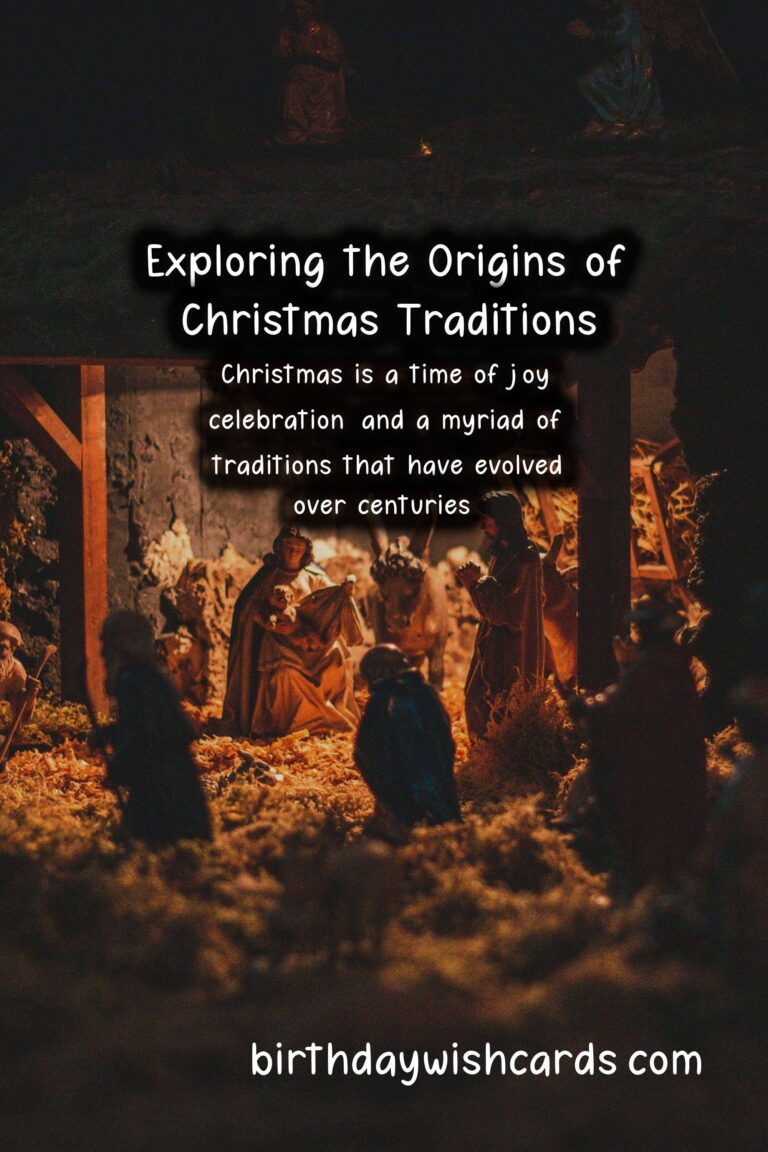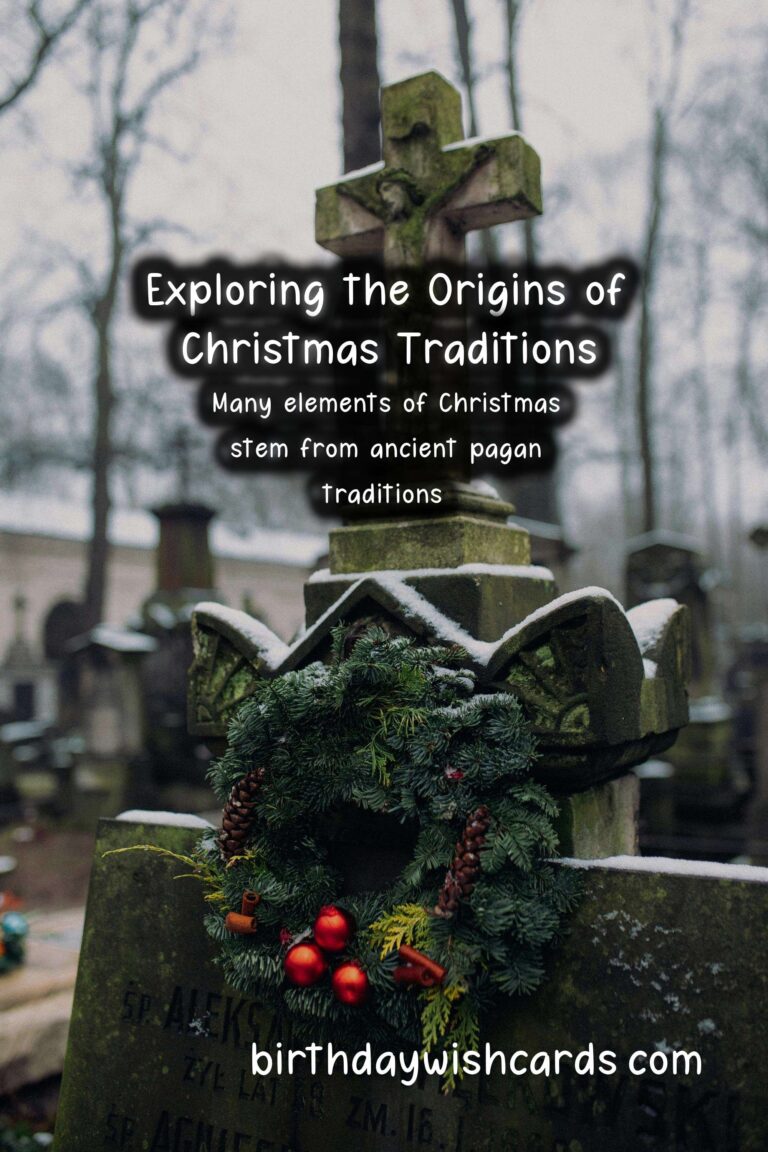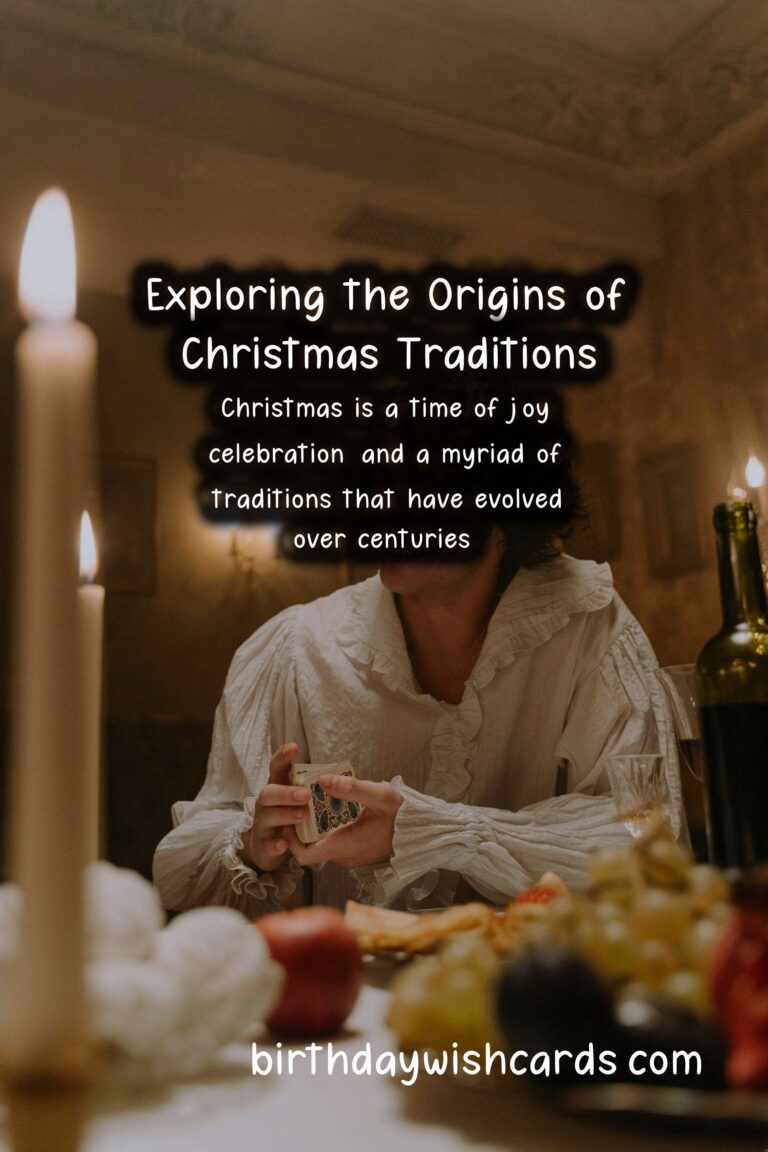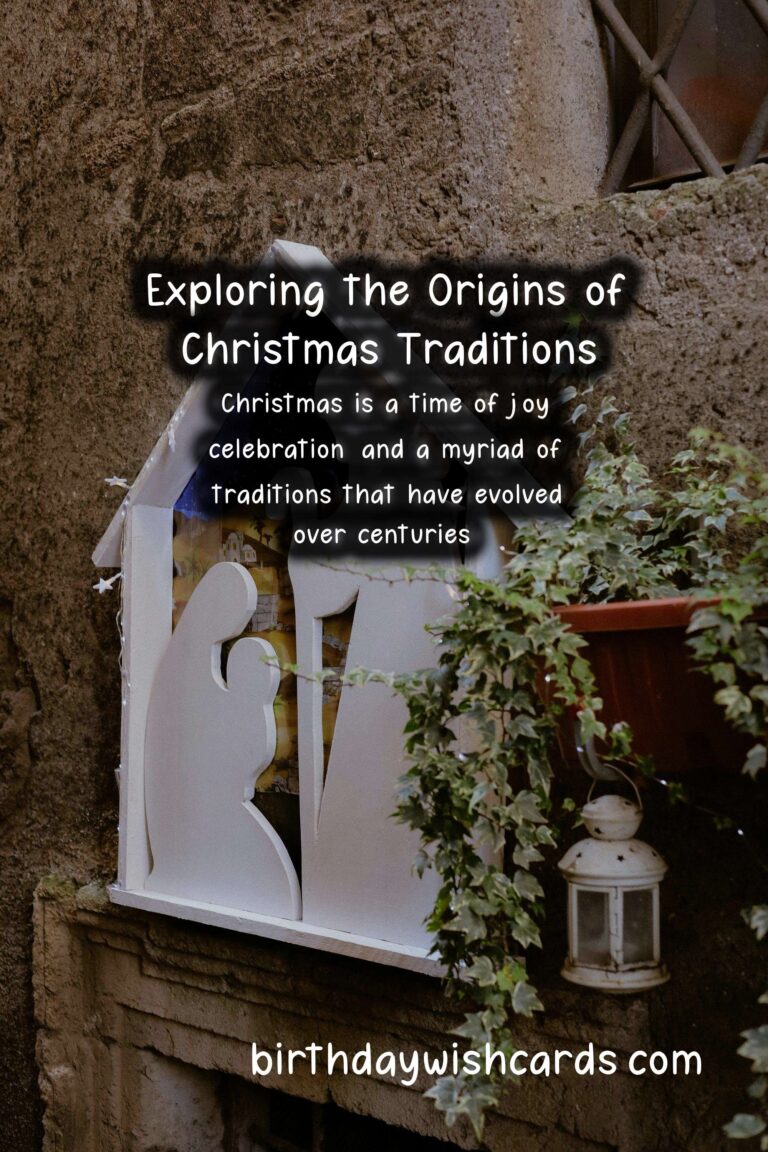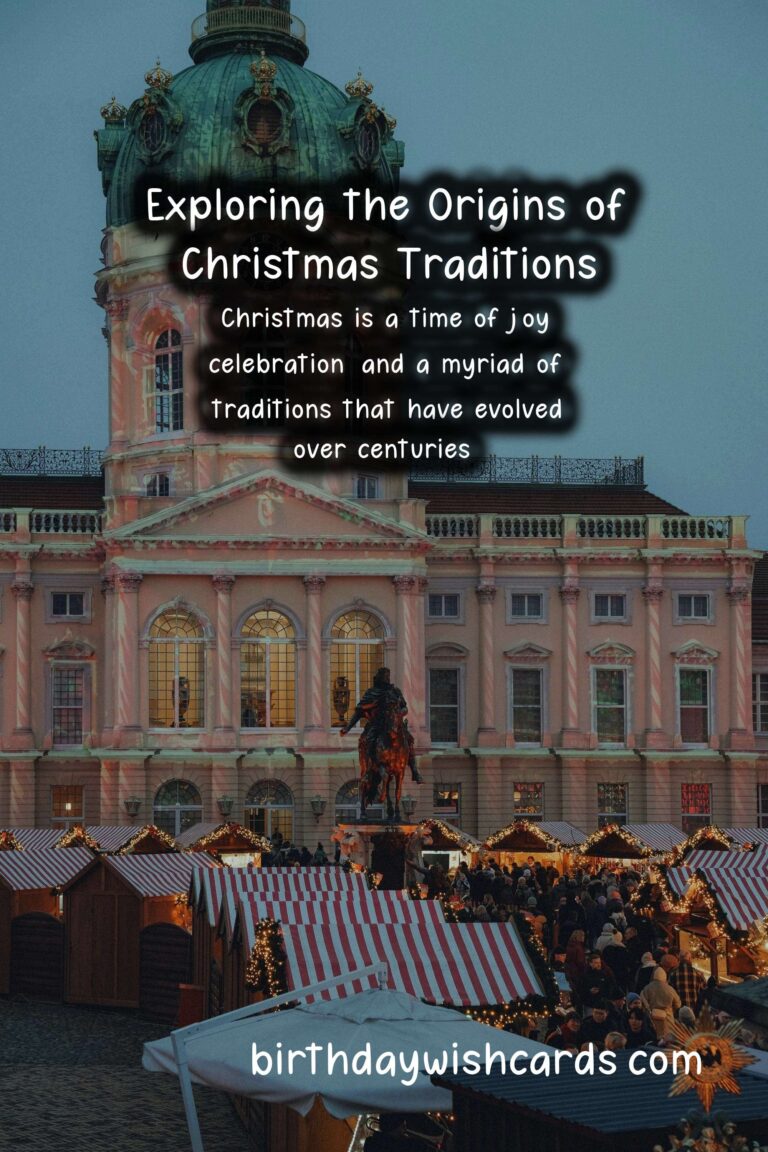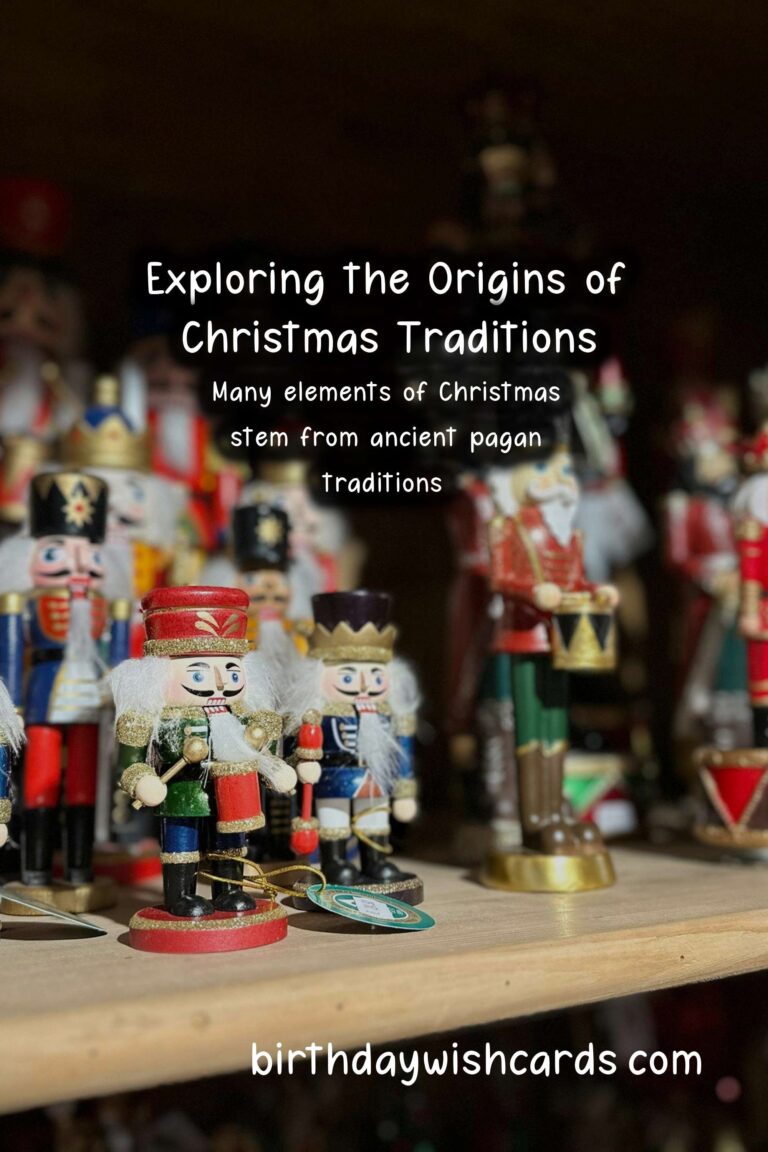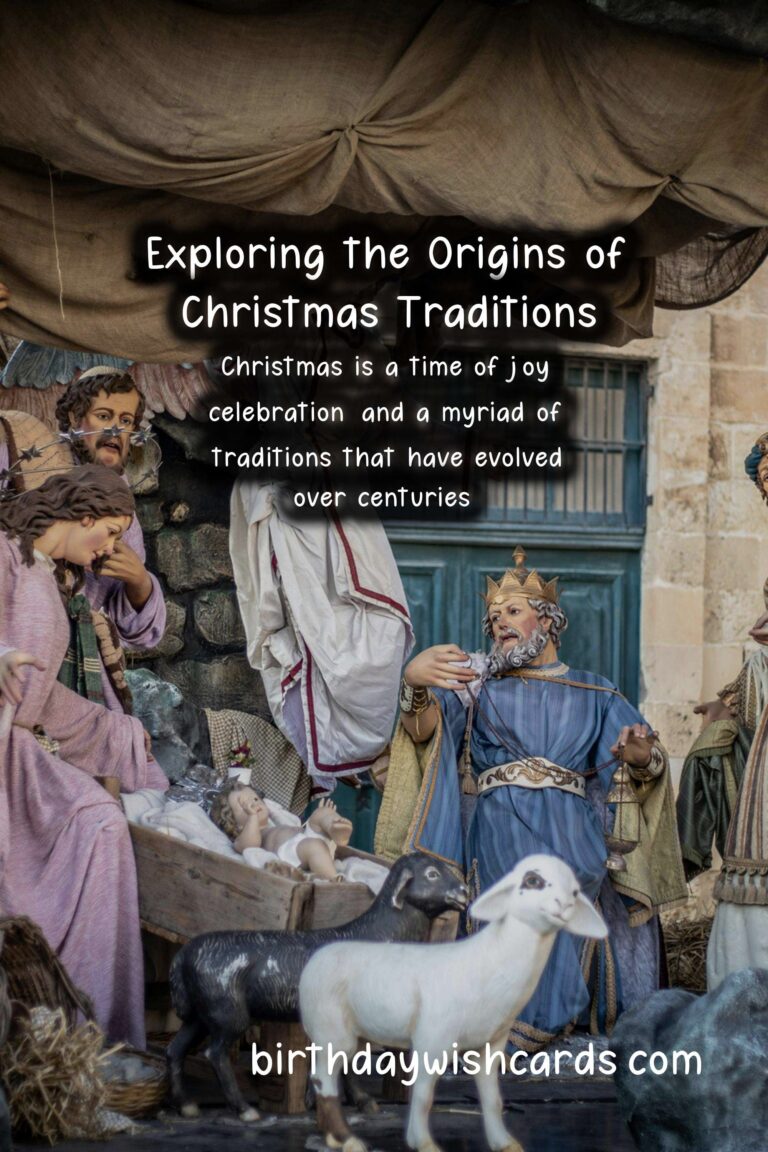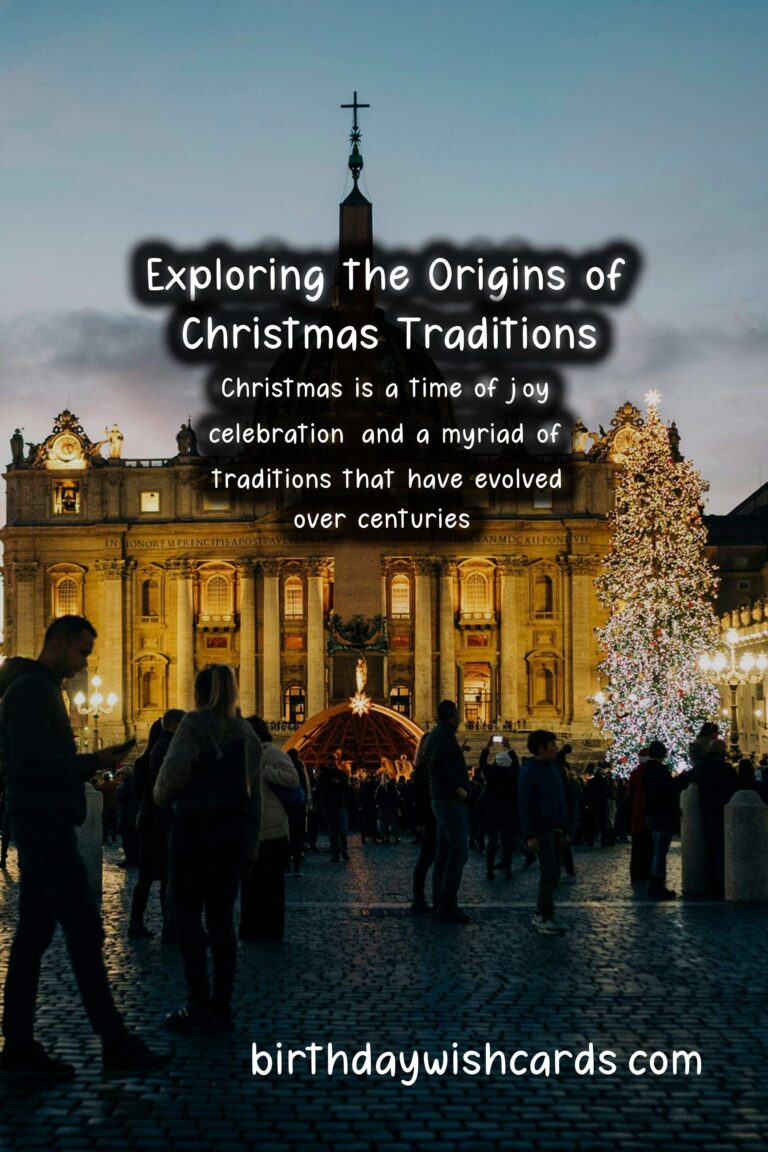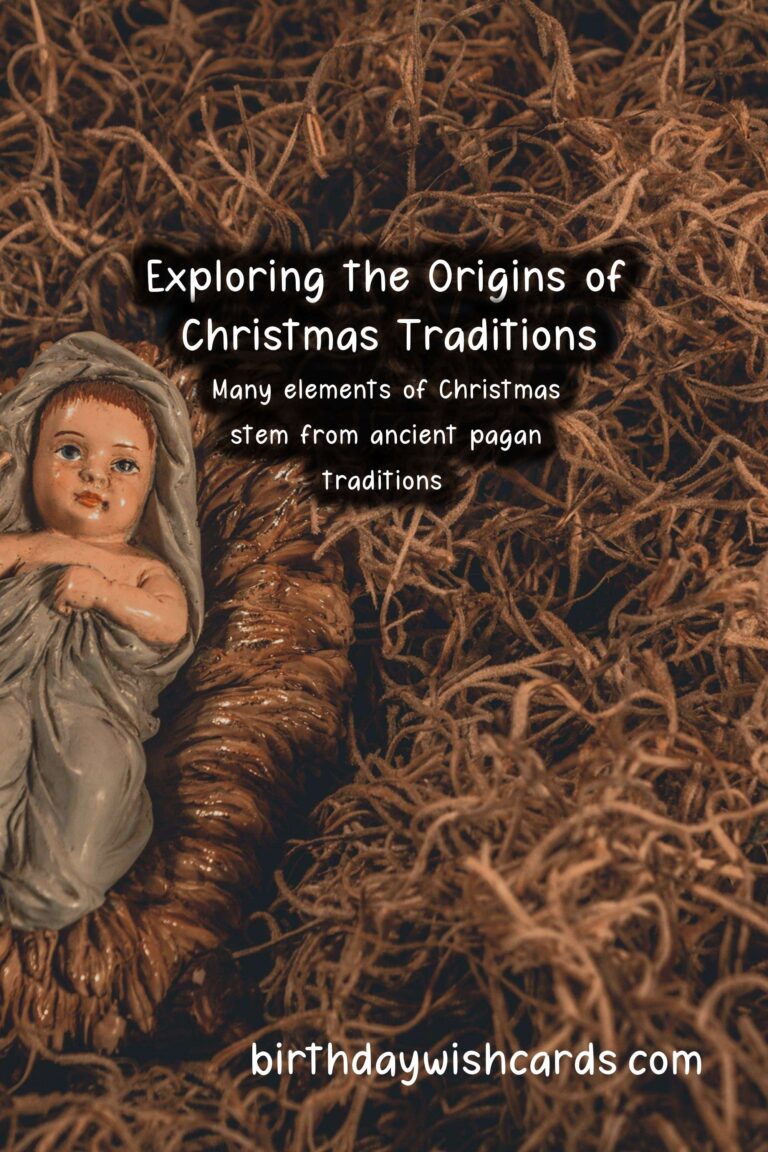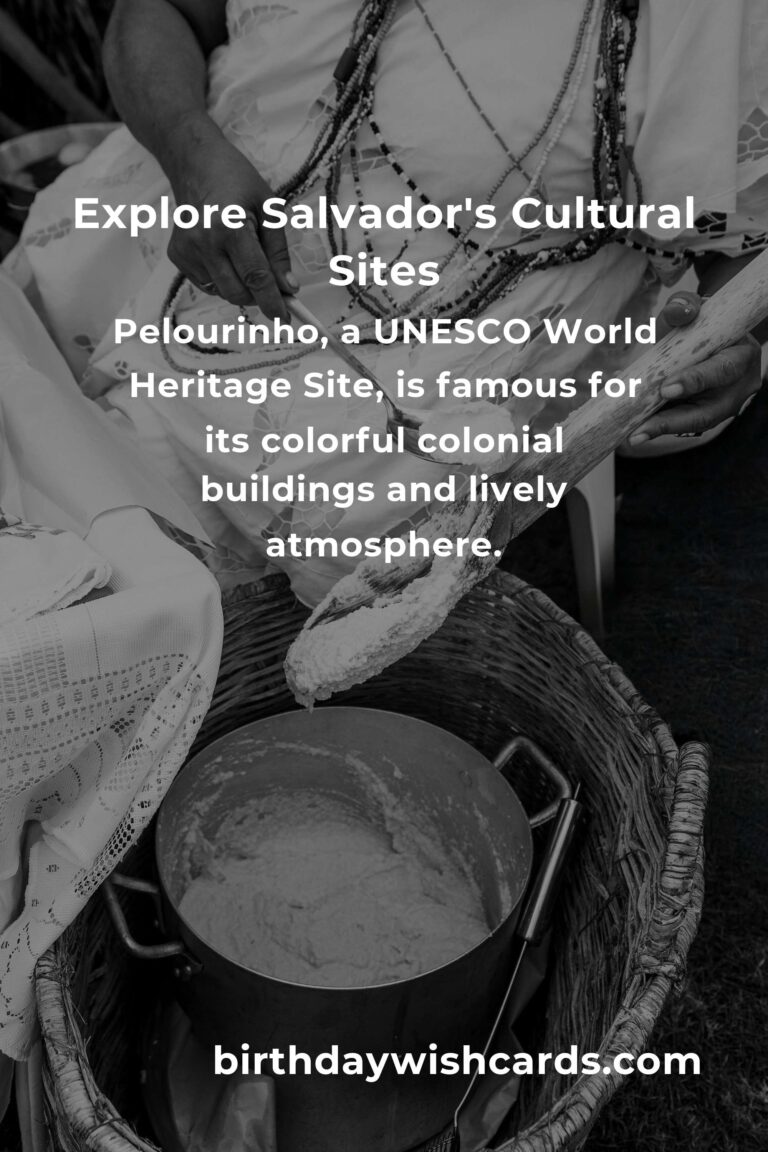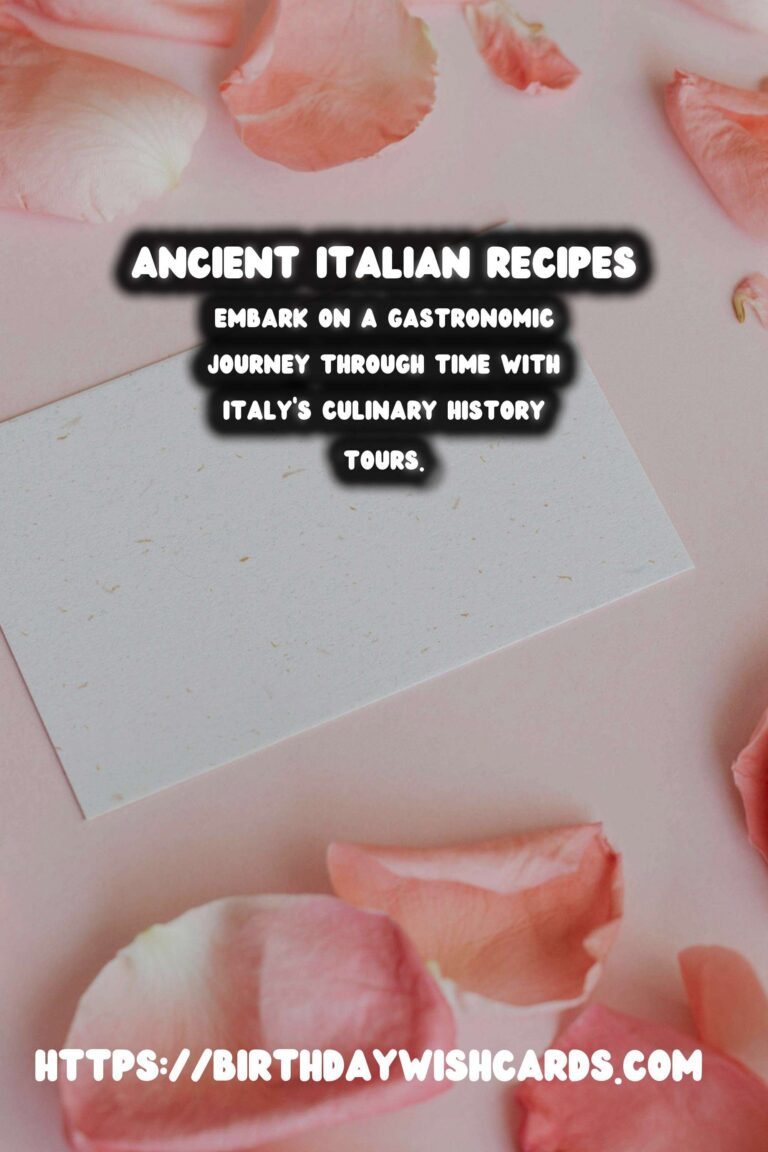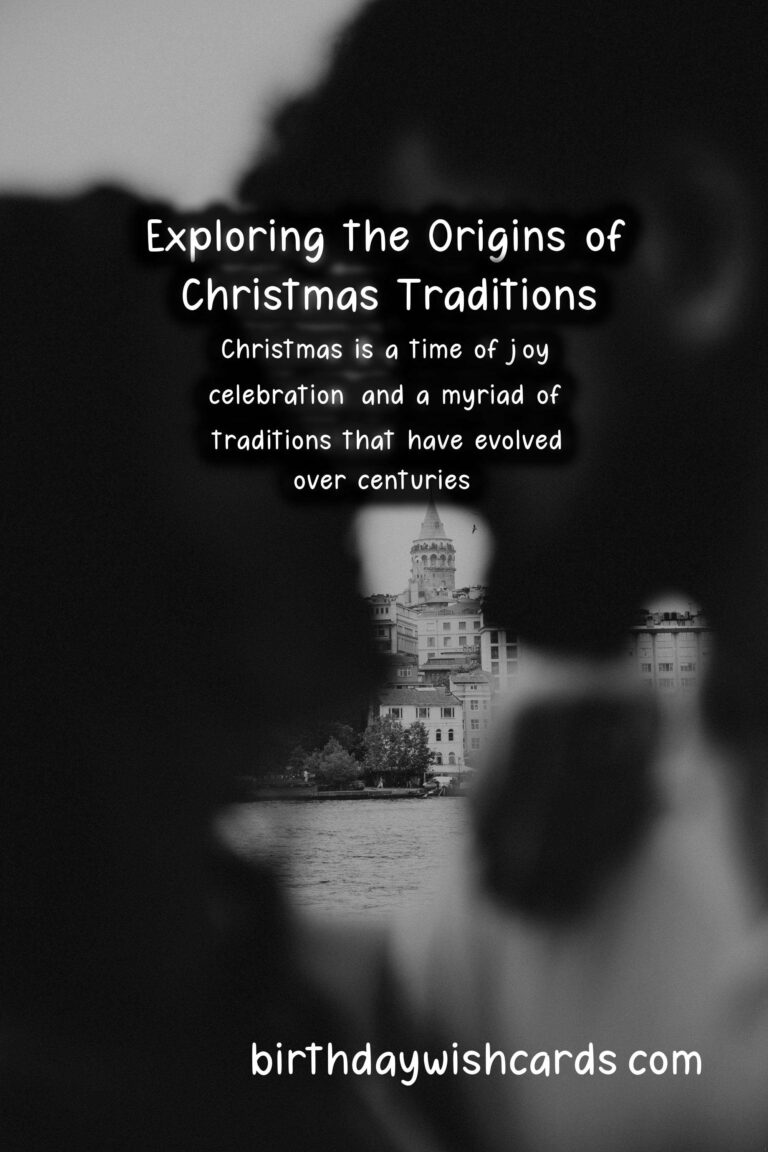
Christmas is a time of joy, celebration, and a myriad of traditions that have evolved over centuries. But how did this holiday come to be? This article delves into the origins of Christmas, exploring its historical roots, transformation through time, and the festive customs we cherish today.
The Origins of Christmas
Christmas is celebrated on December 25, a date chosen to coincide with the Roman festival of Saturnalia and the winter solstice. Historical documents suggest that early Christians may have adopted this date to celebrate the birth of Jesus. However, there’s much more to the story.
The Early Celebrations
By the 4th century, Christians began to formally celebrate the birth of Jesus Christ. This marked the beginning of Christmas as a recognized holiday. The word ‘Christmas’ itself is derived from the Old English ‘Cristes Maesse,’ meaning ‘Christ’s Mass.’
As the celebration spread across Europe, many pagan customs and traditions were incorporated into the festivities, creating a rich tapestry of cultural practices.
Mythology and Pagan Influences
Many elements of Christmas stem from ancient pagan traditions. The Yule log, the decoration of trees, and even the figure of Santa Claus have roots in pre-Christian customs. For instance, the Norse goddess Odin was said to ride through the sky on a white horse, rewarding children with gifts.
Christmas in Medieval Times
During the Middle Ages, Christmas became more centralized in its religious significance. It was not only a celebration of Christ’s birth but also an opportunity for community bonding, feasting, and merriment.
People would feast on rich foods and partake in merriment that sometimes blurred the lines of morality. In some regions, misbehavior was tolerated, leading to a raucous yet joyful atmosphere—a precursor to modern holiday festivities.
The Reformation and Christmas
The Protestant Reformation in the 16th century altered the way Christmas was celebrated. During this period, reformers like Martin Luther began to oppose certain Catholic traditions. Hence, many of the brighter, more extravagant celebrations were scaled down in Protestant areas.
Victorian Era Christmas
The Christmas we recognize today began to take shape during the Victorian era. This period saw a resurgence in Christmas traditions, emphasizing family, goodwill, and charitable giving.
The publication of Charles Dickens’ ‘A Christmas Carol’ played a significant role in shaping the modern Christmas ethos, promoting values of kindness, generosity, and community.
Christmas and Global Expansion
As the British Empire expanded, so did Christmas traditions. The holiday was brought to places like the United States, where it underwent further transformation. Different cultures integrated their customs, creating a unique blend of Christmas practices.
The Role of Santa Claus
Santa Claus, known for his jolly demeanor and gift-giving, has an intriguing origin. His character can be traced back to St. Nicholas, a 4th-century bishop known for his generosity towards children. Over time, this figure evolved through various cultures, eventually becoming the Santa we know today—complete with a sleigh, reindeer, and a penchant for delivering presents!
Modern Christmas Celebrations
Today, Christmas is celebrated in many different ways around the world. From religious ceremonies and community events to family gatherings and gift exchanges, the holiday has something for everyone.
In the United States, traditions such as decorating Christmas trees, hanging stockings, and leaving cookies for Santa have become staples of the season.
The Commercialization of Christmas
In contemporary society, Christmas has also become commercialized, with decorations, gift sales, and holiday marketing dominating the season. Many people feel that the true meaning of Christmas can get lost in the hustle and bustle.
Finding Meaning This Christmas
Amid the commercialization, it’s essential to remember the underlying values of Christmas—love, compassion, and community. Taking the time to reflect on the holiday’s origins can deepen our appreciation and inspire us to create our own meaningful traditions.
Conclusion
The history of Christmas is a rich and layered tapestry woven from diverse traditions and cultures. As we celebrate this holiday each year, we partake in a legacy that honors both ancient customs and modern values.
Understanding its history enhances our experience, allowing us to appreciate not just the festive decorations and presents but also the spirit of togetherness that Christmas embodies.
Christmas is a time of joy, celebration, and a myriad of traditions that have evolved over centuries. Many elements of Christmas stem from ancient pagan traditions. 
